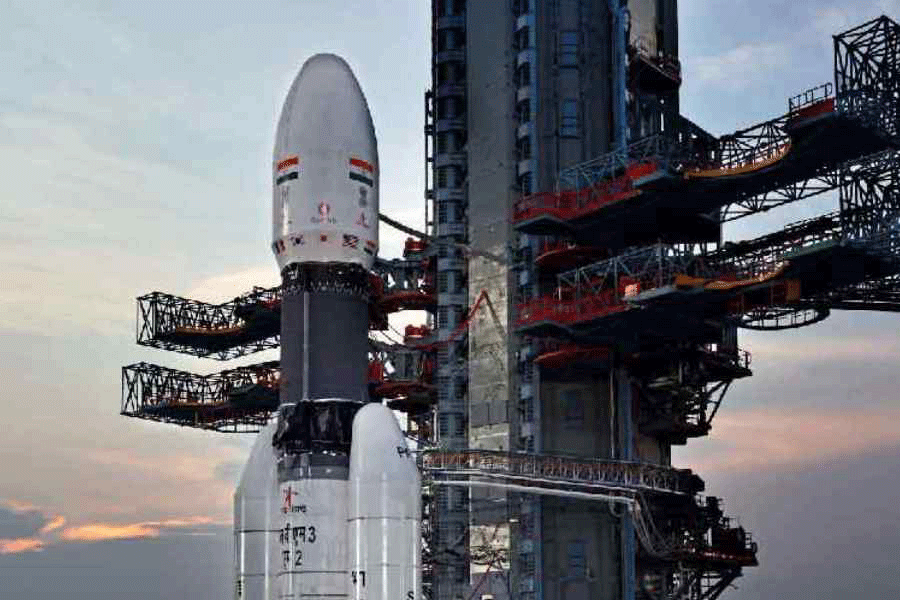India's ambitious third Moon mission's 'Chandrayaan-3' spacecraft was successfully inserted into the lunar orbit on Saturday, ISRO said. The required manoeuvre was done from an ISRO facility here, the city-headquartered national space agency said in a tweet.
"Chandrayaan-3 has been successfully inserted into the lunar orbit. A retro-burning at the Perilune was commanded from the Mission Operations Complex (MOX), ISTRAC (ISRO Telemetry, Tracking and Command Network), Bengaluru," the space agency said in a tweet. Perilune is the spacecraft's closest point to the moon.
The next operation -- reduction of orbit -- will be done at 11 pm on Sunday, ISRO added.
The space agency also shared a message from the satellite to its centres, which read, "MOX, ISTRAC, this is Chandrayaan-3. I am feeling lunar gravity." According to ISRO sources, there will be four more Moon-bound manoeuvres to bring the satellite closer to the Moon, which is a 100 kilometre circular orbit.
After the manoeuvre on Sunday, there will be three more till August 17, following which the landing module, comprising the lander and rover will break away from the propulsion module. After this, de-orbiting manoeuvres will be carried on the lander before the final descent on moon. According to ISRO, it would attempt soft landing on the Moon's surface on August 23.
Over five moves in the three weeks since the launch on July 14, ISRO has been lifting the Chandrayaan-3 spacecraft into orbits farther and farther away from the Earth. Then, on August 1 in a key manoeuvre -- a slingshot move -- the spacecraft was sent successfully towards the Moon from Earth's orbit.
Following this trans-lunar injection, the Chandrayaan-3 spacecraft escaped from orbiting the Earth and began following a path that would take it to the vicinity of the moon.
Chandrayaan-3 is a follow-on mission to Chandrayaan-2 to demonstrate end-to-end capability in safe landing and roving on the lunar surface. It consists of lander and rover configuration.
It comprises an indigenous propulsion module, lander module, and a rover with an objective of developing and demonstrating new technologies required for inter-planetary missions.
The propulsion module will carry the lander and rover configuration till 100 km lunar orbit. The propulsion module has Spectro-polarimetry of Habitable Planet Earth (SHAPE) payload to study the spectral and polarimetric measurements of earth from the lunar orbit.
The mission objectives of Chandrayaan-3 are to demonstrate safe and soft landing on the lunar surface, to demonstrate rover roving on the Moon, and to conduct in-situ scientific experiments.
The lander will have the capability to soft land at a specified lunar site and deploy the rover that will carry out in-situ chemical analysis of the Moon's surface during the course of its mobility.
The lander and the rover have scientific payloads to carry out experiments on the lunar surface.
Except for the headline, this story has not been edited by The Telegraph Online staff and has been published from a syndicated feed.











